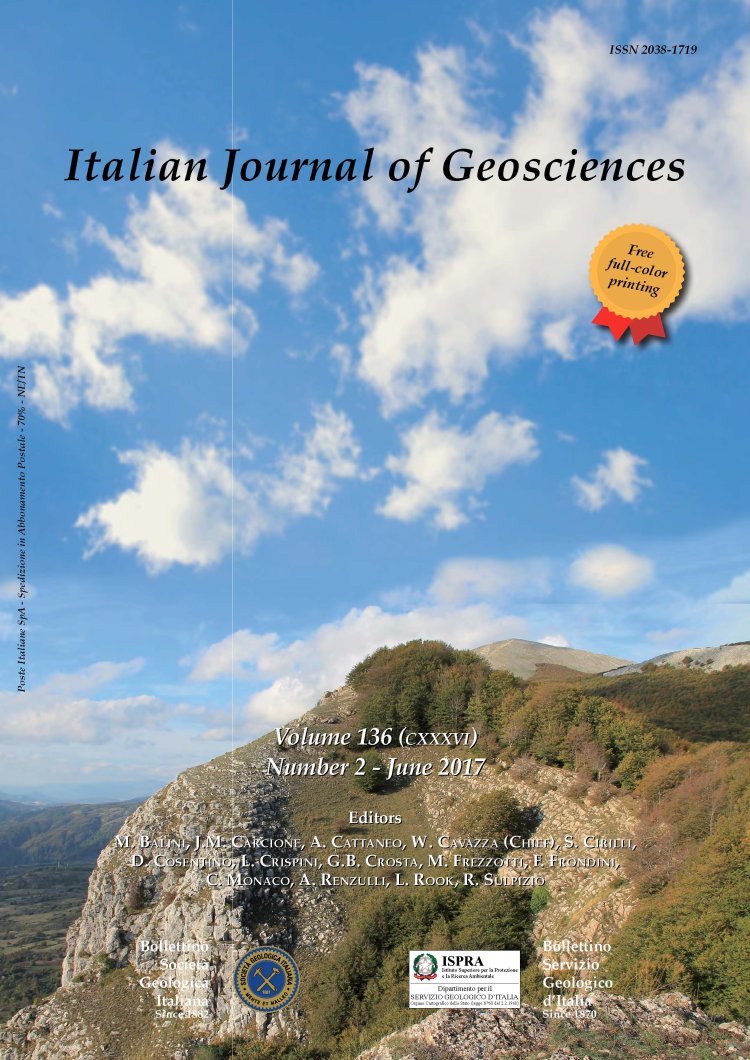
The Mt Conero limestone ridge: the contribution of stable isotopes to the identification of the recharge area of aquifers
Mario Mussi (1), Torquato Nanni (2), Alberto Tazioli (2) & Paola Maria Vivalda (2)
(1) National Council of Research of Italy – Istituto di Geoscienze e Georisorse (IGG-CNR) via Moruzzi, 1 – PISA (ITALY).
(2) Università Politecnica delle Marche, Dep. of "Scienze e Ingegneria della Materia, dell'Ambiente ed Urbanistica" via Brecce Bianche, 12 – ANCONA (ITALY). Corresponding author email: a.tazioli@univpm.it, tel. 071 2204719.
Volume: 136 (2017) f.2
Pages: 186-197
Abstract
The recharge settings of aquifers (as those of the carbonate ridges in central Apennines) is strongly dependent on hydrogeological and geo-structural complexity; in fact, geochemical data, hydrographs interpretation, hydrogeological and geo-structural surveys, tracer and isotope data are usually not so developed and quite difficult to put into relation each other. In this paper, the importance of relating isotope techniques to hydrogeological survey on the recharge area evaluation is demonstrated by studying the system of the Mt Conero limestone ridge, located in central Italy close to the Adriatic sea. A closed system, at a pilot scale, with sufficiently well defined outcropping areas of aquifer, which is offering a contribution to the aquifer recharge area evaluation. In this study a hydrogeological investigation was performed to identify the infiltration areas in the aquifer, analysing the entire geological formation divided into several members, each of them showing different hydrogeological behaviour. In addition, periodic sampling of groundwater and of precipitation at different elevations were carried out to study the isotopic composition over a period of about 4 years. Weighted mean and arithmetic mean of isotopes were used in the gradient calculation and compared giving actually different results. The mean recharge altitude of the aquifer, as evaluated by weighted mean of isotopes, is about 100 m higher than the average elevation of the aquifer outcrop; moreover, it was proven that the vast majority of the recharge is due to the more permeable members of the aquifer (about 20% of the outcropping rocks, located at higher elevation). The recharge mechanism of the aquifer is therefore depending both on the isotope values of the local precipitation and on the distinct infiltration conditions existing in the lithotypes.
Keywords
Get Full Text